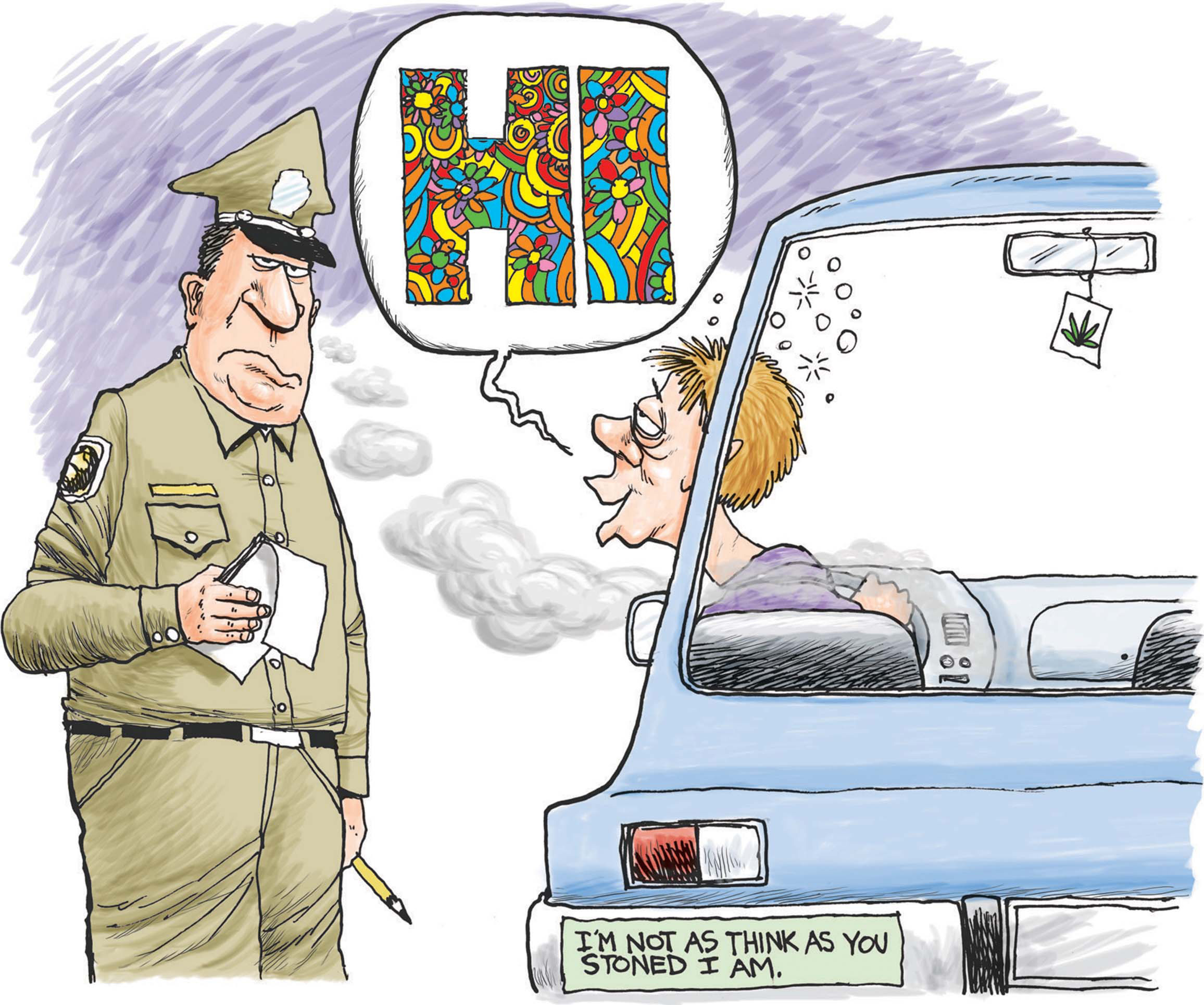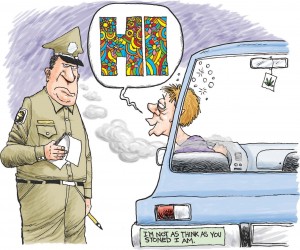

(Milwaukee Journal-Sentinel 2007)
By Ashley Pereyra
Reporter
Spring break is on the horizon. For the Texas Department of Public Safety, this influx of students on the road means trouble.
Starting Friday, Texas DPS patrols will double in number and focus on high-risk areas at times when crashes are most frequent, according to Texas DPS.
Last year, Texas DPS made more than 1,000 DWI arrests during spring break.
The total does not include the DWI arrests made by local police departments around the state. For example, the Austin Police Department made 226 DWI arrests during spring break, March 10-18, last year alone.
When a person signs up a Texas driver’s license, he or she consents to take sobriety tests of breath, blood or urine when stopped under suspicion of a DWI, said D.L. Wilson, Department of Public Safety trooper based in Waco.
If a person is pulled over for a DWI, troopers give the driver these options — a breath, blood or urine test. Drivers have the right to refuse a test, but their license will automatically be suspended for 180 days.
If given probable cause, such as smelling alcohol on the breath of a driver, troopers can escort them to a nearby hospital and request a blood search warrant from a judge.
If the blood-alcohol content of a person of legal drinking age is 0.08 percent or over, they will be charged with a class B misdemeanor.
If it is over 0.15 percent, he or she will be charged with a Class A misdemeanor. If a child under 15 is present in the car, the driver will be charged with a felony. There are also different requirements for a person under 21.
If the driver is under 21, the officer only has to smell alcohol on their breath to have probable cause.
Those under 21 with any detectable amount of alcohol face receiving a Class C misdemeanor for driving under the influence.
In the Texas penal code, boating while intoxicated is treated similar to a DWI.
Boaters found to be above the legal limit of a blood-alcohol content of 0.08 will be charged with a Class A misdemeanor and a required minimum confinement of 72 hours.
In all cases, the driver’s license will be suspended and a fine issued.
 Jail time depends on the level of the offense, but typically, first-time DWI offenders can serve time anywhere from three days to six months. DWIs are not limited to alcohol.
Jail time depends on the level of the offense, but typically, first-time DWI offenders can serve time anywhere from three days to six months. DWIs are not limited to alcohol.
Drivers can be charged with a DWI if they are suspected of being high on illegal drugs or even prescription drugs, Wilson said.
“We’re seeing a lot of problems with prescription drugs and medication driving, “ Wilson said.
Baylor Police chief Jim Doak expressed his concerns about Baylor students on spring break.
Doak said he is concerned with the possibility of Baylor fatalities due to drowsy driving while on spring break.
He said that some students try to drive beyond their physical limits. Students are advised to stop and take a break every couple of hours in order to avoid drowsiness.
“We pray all of our students are making solid decisions while heading out on spring break,” Doak said.





